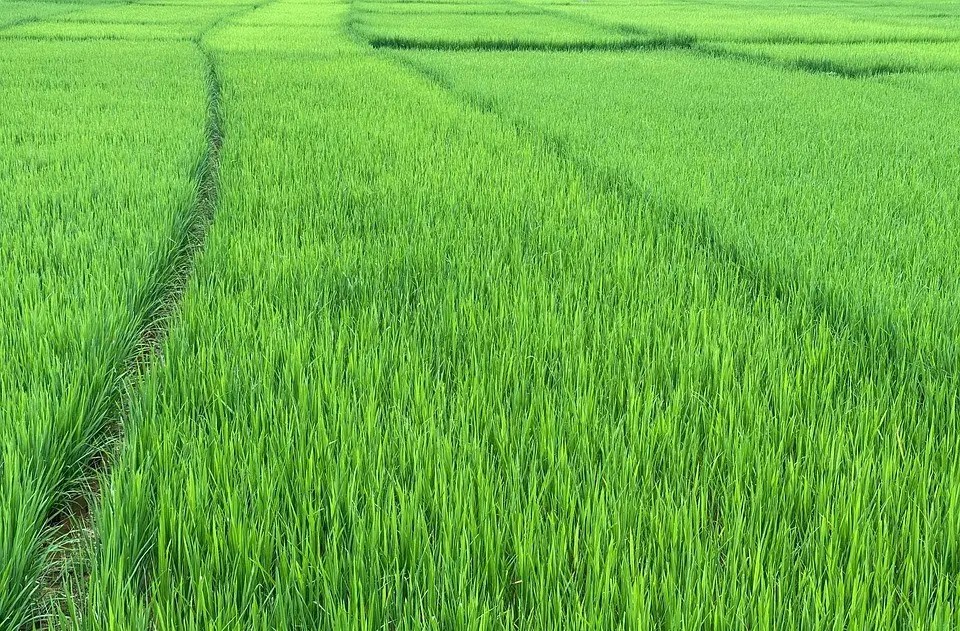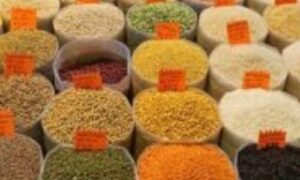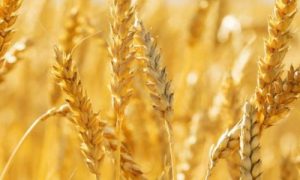Turkmenistan’s agricultural sector outlines growth, exceeds investment targets

Turkmenistan’s agricultural sector recorded a growth rate of 114.2% in January–October 2025, supported by strong investment activity. Cotton output exceeded targets at 131.1%, while the State Water Management Committee grew 128.2%. Wheat cultivation and cotton harvesting are ongoing. Authorities attribute progress to government support, though challenges persist due to arid conditions and heavy irrigation dependence.
ASHGABAT, Turkmenistan, November 1. Deputy Chairman of the Cabinet of Ministers Tangryguly Atakhalliyev reported on the results of Turkmenistan’s agricultural complex for January–October 2025, noting a significant increase in production and investment performance across key subsectors, Trend reports via the cabinet.
According to the report, the agricultural sector’s overall growth rate reached 114.2 percent compared to the same period last year. The Ministry of Agriculture achieved 106.1 percent, while the State Water Management Committee recorded 128.2 percent, and the State Concern Türkmenpagta—responsible for cotton production—fulfilled its plan at 131.1 percent. The investment development plan was completed at 254.9 percent, demonstrating high investment activity in rural development and infrastructure.
Seasonal agronomic operations are currently in full swing across the nation’s regional agricultural zones. Wheat cultivation is undergoing precision irrigation aligned with agronomic specifications, while the cotton harvest persists, emphasizing the optimization of final yield collection for the season.
Atakhalliyev underscored that the favorable outcomes are indicative of the administration’s unwavering backing for the agricultural sector, strategically designed to bolster food security and enhance the operational efficacy of the agro-industrial complex.
Turkmenistan’s agrarian sector, crucial yet impeded by its arid climatic conditions, predominantly focuses on the cultivation of cotton and wheat. These crops necessitate extensive and suboptimal irrigation practices sourced from the Amu Darya, a significant contributor to the desiccation of the Aral Sea.
Despite the diversification of the economic landscape, the agricultural sector continues to hold substantial relevance, yielding staple crops such as melons, various fruits, vegetables, and grains, in conjunction with livestock production. However, it grapples with challenges stemming from governmental oversight of marketing mechanisms and suboptimal water resource management practices.
To Read more about Agri News continue reading Agriinsite.com
Source : En Trend

















